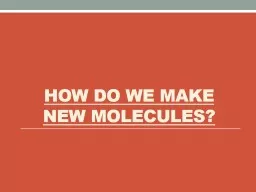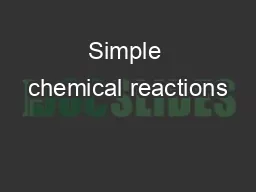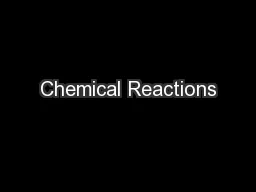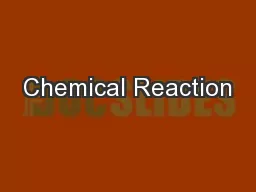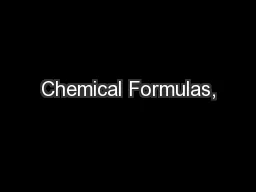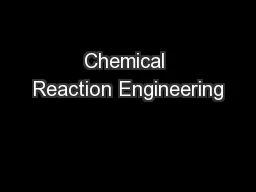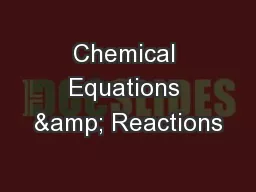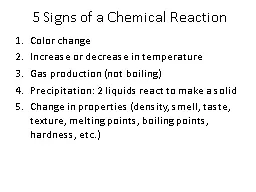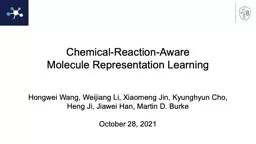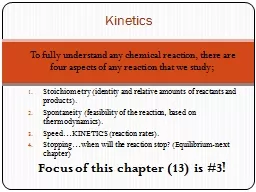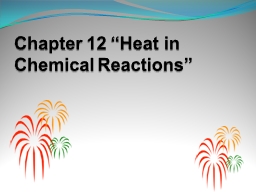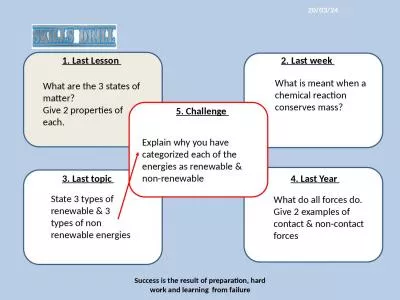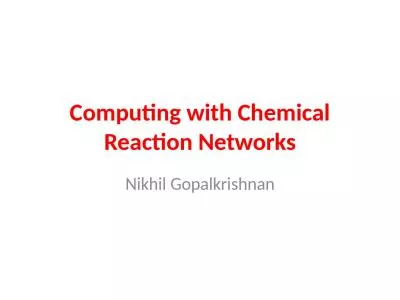PPT-HOW DO WE KNOW A CHEMICAL CHANGE/REACTION HAS OCCURRED?
Author : stefany-barnette | Published Date : 2017-05-23
EVIDENCE of a CHEMICAL REACTION aka a CHEMICAL CHANGE T he decomposition of hydrogen peroxide H 2 O 2 2 H 2 O 2 2 H 2 O O 2 http wwwyoutubecomwatchv4N0m95PExHY
Presentation Embed Code
Download Presentation
Download Presentation The PPT/PDF document "HOW DO WE KNOW A CHEMICAL CHANGE/REACTIO..." is the property of its rightful owner. Permission is granted to download and print the materials on this website for personal, non-commercial use only, and to display it on your personal computer provided you do not modify the materials and that you retain all copyright notices contained in the materials. By downloading content from our website, you accept the terms of this agreement.
HOW DO WE KNOW A CHEMICAL CHANGE/REACTION HAS OCCURRED?: Transcript
Download Rules Of Document
"HOW DO WE KNOW A CHEMICAL CHANGE/REACTION HAS OCCURRED?"The content belongs to its owner. You may download and print it for personal use, without modification, and keep all copyright notices. By downloading, you agree to these terms.
Related Documents

